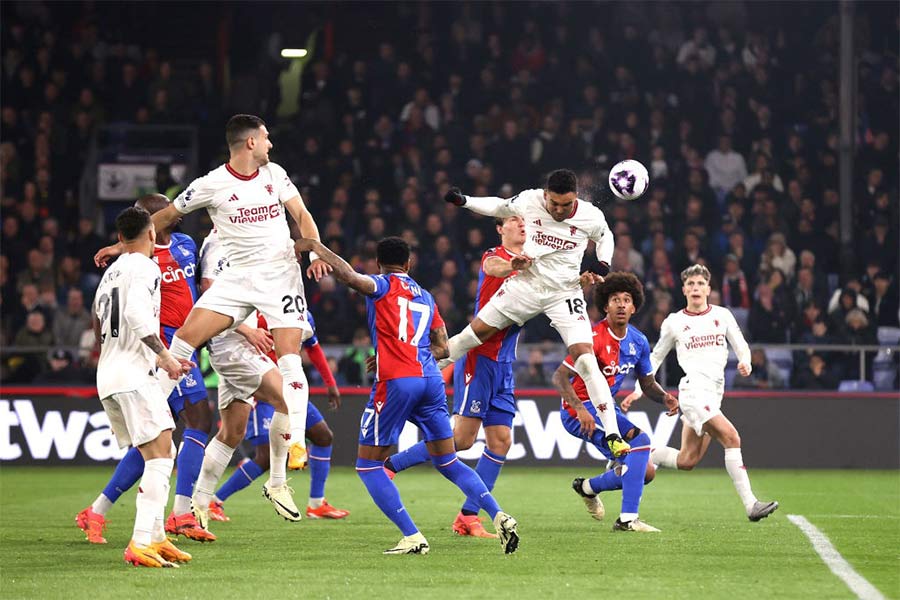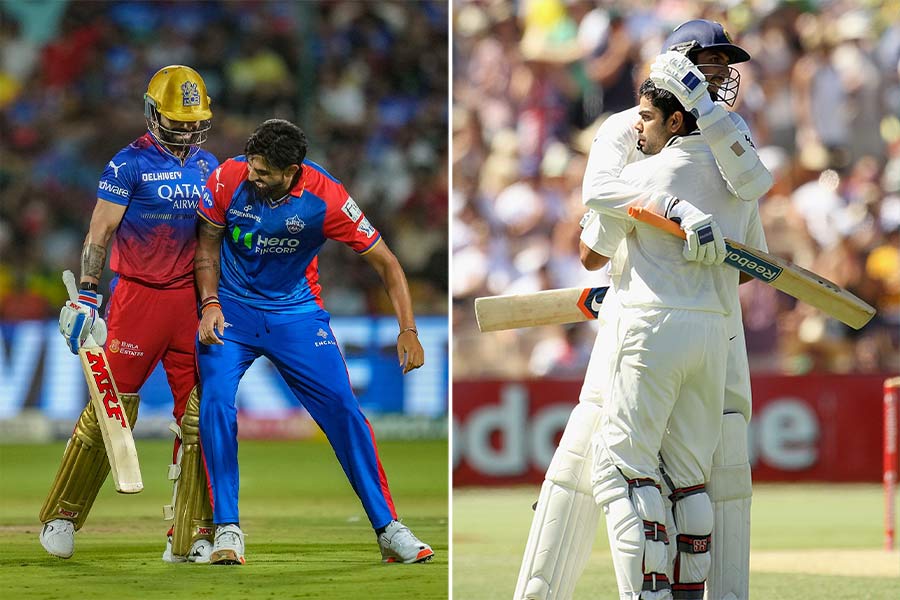I was watching Manchester United get demolished 4-0 by Crystal Palace a few weeks ago. The commentator’s spoke a lot about this thing called “reaction time”, usually praising Palace’s players for it and criticising United’s (rightly so). Later in the day, I was working with a gymnast who was rapid, almost too fast to realise how he was using his limbs to launch and land a double back flip. At the gym in the evening, I observed a lady reacting to a slip when she was attacking some cones during a sprint session. Late at night, I reached for some salt without looking and grabbed the container perfectly in my palm.
Highly suspicious (as Jatayu would say)? Probably not. All of this, and much more, is a part of how our brains do their job. And, if I may say so, do it very, very well.
How we react
Reaction time is the amount of time between something happening and us responding to it. This pertains to anything and everything. Like how I broke into a smile when the first drop of rain after a kalbaisakhi (Nor’wester) fell on me last year. Or how I yelped and leapt away from the shower when it dispensed a stream of hot water from the sun-baked rooftop tank the week before.
When anything happens, our brain engages in a rapid and complex process to evaluate all options. It starts with ‘perception’, what we see, hear, feel or touch. For example, when the starter shoots a gun to start a race, the sprinter first hears the sound (they perceive). Then their brain ‘processes’ the information, which means the brain combines all the data by focusing on the relevant bits. After hearing the gun go off, the athlete, thus, is able to differentiate that specific sound from other background noises. They are then able to process the information and give themselves an instruction. This then allows their brains to create an effective ‘response’. The response for the sprinter is their neurons firing to signal to their muscles to start accelerating.
We are hardwired with this chain of stimulus-processing-reaction. We have even engineered computers to mimic this mental process — press a button, something appears. We do this in our daily lives, too. But in a world where there is so much to focus on, can we focus on everything?
The short answer is no, we cannot focus on everything. Our sense organs (eyes, ears, nose, skin and tongue) grab everything first. Our eyes will grab the car beside us, the car behind it and the person picking his nose on the sidewalk all at once. We then very rapidly filter the inputs based on what we consider important at that moment. This is typically far fewer. If the car approaching appears to be on a collision course with us, it will be more important than the person picking their nose. This is how we normally deal with things. But sometimes there is an emergency.
The emergency response
When we are in an emergency, we engage in ‘reflex actions’. These are rapid responses to stimulus. Interestingly, reflex actions are not generated in the brain. They originate in the spinal cord, which bypasses the brain’s higher decision-making process to ensure a quicker response.
There are three key things here. The sensory neuron: a nerve that gives us sensory information. The interneuron: this neuron is located in the spinal cord — it is like a deputy brain that rapidly processes information to generate a simple emergency response. Finally, this order is sent to the motor neuron: the neurons which carry information from the spinal cord to the body part in charge of the emergency response. The spinal cord-based reflex action decisions are only ‘motor responses’, i.e., they are only bodily reactions like jumping out of the way and moving the hand away from a hot object. More complex decisions are not made this way. But even in the superfast, rapid decisions of reflex actions, there is no randomness. They are simply decisions made very fast, from limited options.
What can we learn from this? When something needs a thought-out response, such as where to pass the ball, which restaurant to order dinner from or whether to ask someone out, we need to go beyond reflex action. After all, who among us has not jumped out of a hot shower only to bump our head somewhere?
Dr Sahen Gupta is a Kolkata-born, India- and UK-based psychologist who divides his time between mental health support and high-performance coaching. As the founder of Discovery Sport & Performance Lab, he works not only with Olympians and other top-level sportspersons, but also with CEOs and other professionals striving for excellence. Dr Gupta’s mission is to simplify complexities of the mind into actionable and simple ‘doables’ that allow individuals to be mentally fit.


